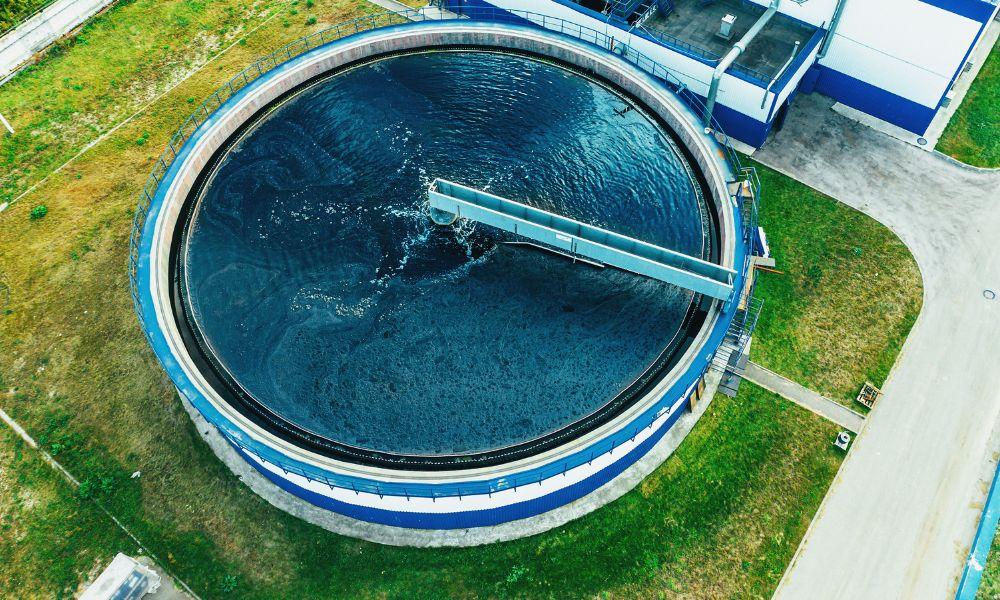
Water storage is important for many different industries, from chemical manufacturers to farms, and you can store your water aboveground or underground. Both have their positives, so it’s tricky to decide which is right for your industrial needs. However, there is a difference between above and underground water tanks, and it’s important to understand their differences to find the right option for your business.
Space Availability
One of the major differences between aboveground and underground water tanks is space availability. Depending on your unique business needs, you could have a relatively small water tank or a huge one. If it’s the latter, you may want an underground tank. If you leave a tank like this above ground, it will be an eyesore and take up a lot of usable space.
An important thing to remember is that if you opt for an underground tank, you’ll probably still have some pipes visible, but it won’t be nearly as noticeable as an aboveground tank. In addition, because the tank is underground, you may need more pipes than if it was aboveground, as you’ll need to pump the water up and toward whatever you need it for.
The Amount of Maintenance
All water tanks require maintenance. Maintaining an aboveground tank may be annoying and take time out of your schedule, but it’s relatively easy. On the other hand, maintaining an underground tank requires a lot of work, as you’ll need to dig every time you want to check something.
You can do some maintenance yourself, but you will need to contact professionals for more complicated tasks. Before a professional comes to your property, you’ll need to dig out the space around the tank so they can properly inspect it. That’s the main negative of underground tanks, but it’s also important to consider that an underground tank will stay in better condition for longer, requiring less maintenance over time.
Overall Costs
Although underground water tanks come with their fair share of advantages, they are also more expensive. Underground tanks are typically bigger, which raises the cost, but you’ll also need to spend additional money on excavation and surveying to find the right place to bury the tank. On average, these tanks are more expensive, but the other advantages of underground tanks can make up for this price differential. They require less maintenance, last longer, and can better maintain a consistent temperature.
Understanding the difference between underground and aboveground water tanks is critical in ensuring your business can thrive. While the differences may not seem like a lot at first, they can add up over time, potentially costing you valuable time and money. If maintenance is a big issue for your industry, don’t hesitate to invest in some quality industrial tank liners from Flexi-Liner. We have years of industry experience, and our tank liners extend the lifespan of your tanks, protecting your water and reducing maintenance!
